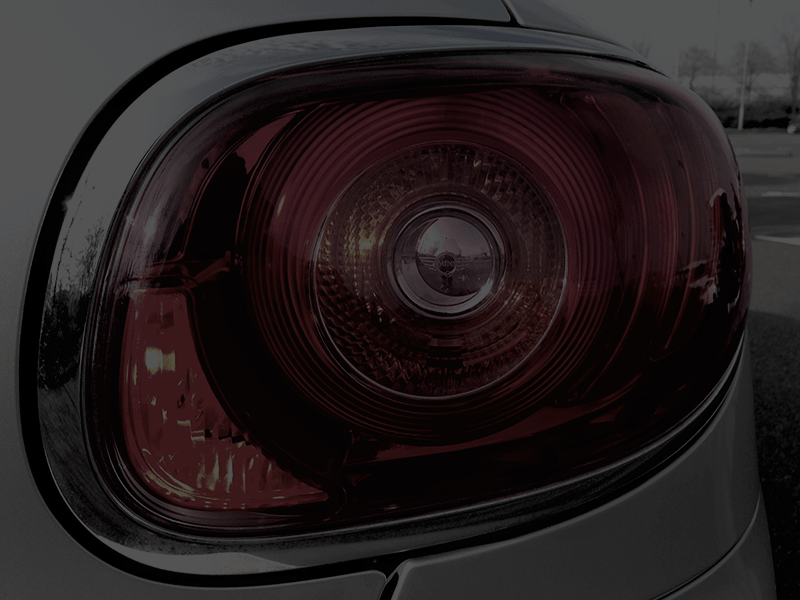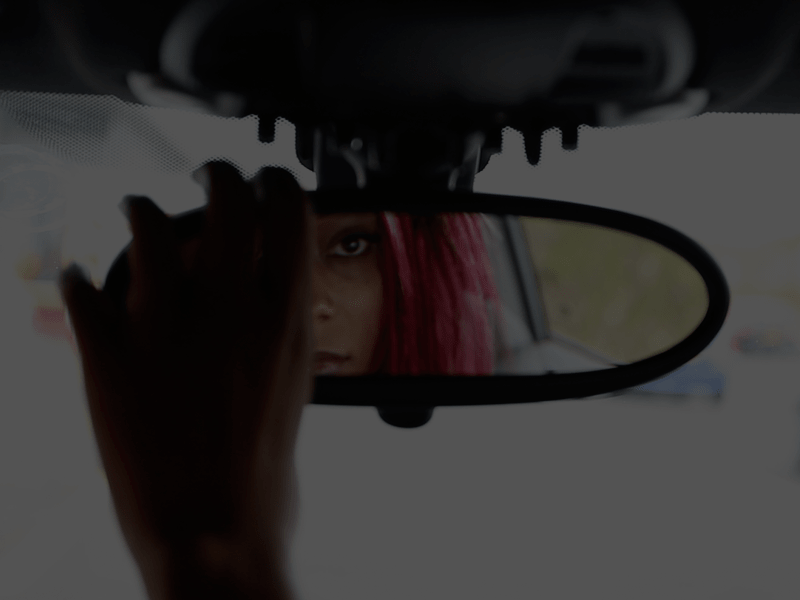Driving Tips – Driving at night
This week’s driving tip is Driving at Night.
Learning to driving in the summer means that for most learners there isn’t much opportunity to drive at night – but if you get a chance it’s well worth taking.
Night driving is different from daytime driving and it takes a while to adapt, because you don’t have the colours and the contrast of daylight your vision and depth-perception will be limited.
If you get a chance for home practise at night, take it, but start on quiet roads; don’t expect to immediately be able to drive as well at night as in the daytime.
Before driving at night make sure all your lights are working and that your windows are squeaky clean. Clean windows are a must at all times but they become especially important at night because apart from making it harder for you to see, they can add to the glare and dazzle from the lights of other vehicles.
And talking of lights – make sure that they are clean as well so that you can see and be seen.

Night tips:
- When leaving a brightly lit building give your eyes a few minutes to adjust to the darkness before starting to drive.
- Use the ‘dip’ facility on your centre rear-view mirror. This will help to reduce the headlight dazzle from vehicles behind. If there is a lot of dazzle move your head slightly do that the light is not directly in your eyes. Apart from dipping the centre mirror avoid the temptation to readjust your mirrors otherwise there is a real danger that you will miss something that’s happening behind at a critical time.
- Don’t use the interior light when driving, doing this will reduce your view outside the car. If a passenger needs to look at a map, or root in a handbag, pull up in a safe place before putting the light on.
- Allow more space and drive a little slower – because you can’t see as far ahead at night, more space and less speed this give you more time to stop if you ore the driver in front is taken by surprise.
- Keep your eyes moving, watch for lights at junctions, on bends and at the top of hills. But beware, just because you don’t see lights it doesn’t mean that there’s nothing coming.
- If you are dazzled by approaching lights, slow down and look to the left – don’t retaliate by flashing to dazzle the oncoming driver, this just doubles the danger!
- Take more breaks if driving a long distance. Driving at night needs lots of concentration, which can be tiring.
Good luck with your night driving!









